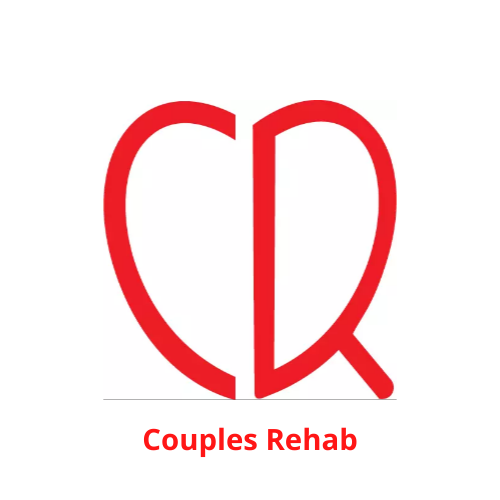FAQs
What is inpatient treatment, and how does it differ from outpatient care in Orange County? Inpatient treatment involves residing at a treatment facility 24/7, providing intensive therapy and support. Unlike outpatient care, it removes individuals from their daily environment to focus on recovery.
What are the benefits of inpatient treatment programs in Orange County? Inpatient treatment offers a structured environment, constant medical supervision, and access to a support network. It allows individuals to focus solely on recovery without external distractions.
How long is a typical inpatient treatment program in Orange County? The duration of inpatient treatment programs in Orange County varies depending on individual needs and the severity of addiction. Programs typically range from 30 to 90 days, but longer stays may be necessary.
What kind of therapies are typically offered in inpatient treatment programs in Orange County? Inpatient treatment programs in Orange County incorporate a variety of therapies, including individual, group, and family counseling, as well as holistic approaches like yoga and meditation.
What is the role of family involvement in inpatient treatment programs in Orange County? Family involvement is crucial for long-term recovery. Many inpatient treatment programs in Orange County offer family therapy and education to support loved ones throughout the treatment process.
How can I find an inpatient treatment program that meets my needs in Orange County? Research treatment centers, consider factors like location, cost, insurance coverage, and treatment modalities. Reading reviews and seeking recommendations can also be helpful.
What is the cost of inpatient treatment in Orange County? The cost of inpatient treatment in Orange County varies depending on the facility, length of stay, and level of care. Many programs offer financial assistance options, including sliding scale fees and insurance coverage.
What is the aftercare process following inpatient treatment in Orange County? Aftercare involves continued support and therapy to prevent relapse. Inpatient programs often provide resources and guidance for transitioning to outpatient care or sober living.
Can I continue working while in inpatient treatment in Orange County? Most inpatient treatment programs require full-time participation, limiting the ability to work during treatment. However, some programs may offer options for limited work or volunteer opportunities.
What is the success rate of inpatient treatment programs in Orange County? While individual outcomes vary, inpatient treatment programs in Orange County have proven effective in helping individuals achieve long-term sobriety. Factors like program structure, therapy modalities, and patient engagement contribute to success.






